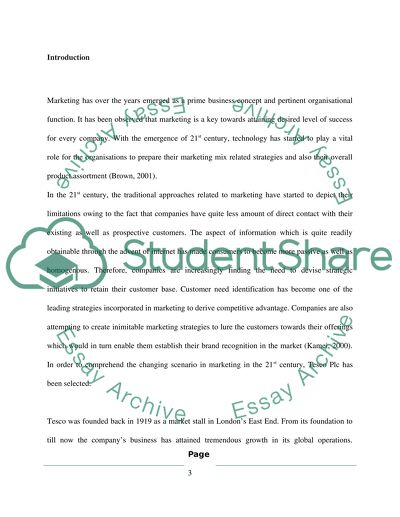Cite this document
(“Contemporary Issues In Marketing Essay Example | Topics and Well Written Essays - 2500 words - 1”, n.d.)
Contemporary Issues In Marketing Essay Example | Topics and Well Written Essays - 2500 words - 1. Retrieved from https://studentshare.org/marketing/1401020-contemporary-issues-in-marketing
Contemporary Issues In Marketing Essay Example | Topics and Well Written Essays - 2500 words - 1. Retrieved from https://studentshare.org/marketing/1401020-contemporary-issues-in-marketing
(Contemporary Issues In Marketing Essay Example | Topics and Well Written Essays - 2500 Words - 1)
Contemporary Issues In Marketing Essay Example | Topics and Well Written Essays - 2500 Words - 1. https://studentshare.org/marketing/1401020-contemporary-issues-in-marketing.
Contemporary Issues In Marketing Essay Example | Topics and Well Written Essays - 2500 Words - 1. https://studentshare.org/marketing/1401020-contemporary-issues-in-marketing.
“Contemporary Issues In Marketing Essay Example | Topics and Well Written Essays - 2500 Words - 1”, n.d. https://studentshare.org/marketing/1401020-contemporary-issues-in-marketing.


